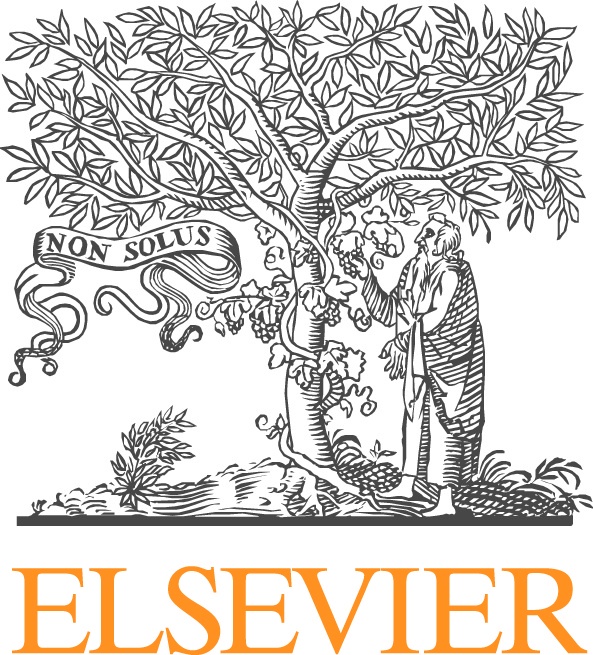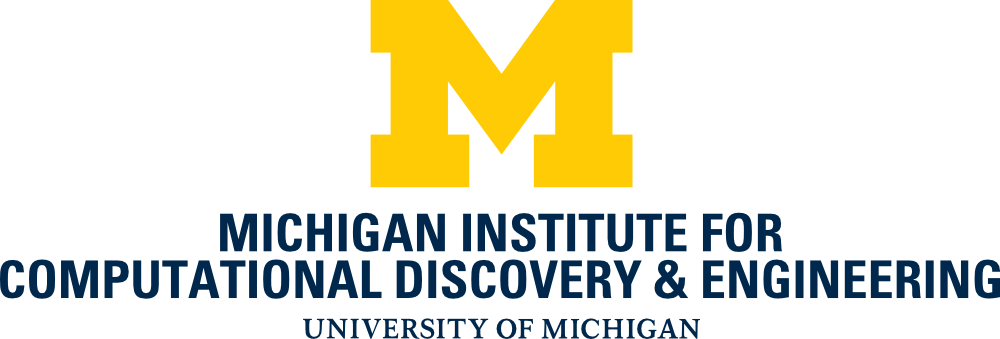Polygonal and Polyhedral Discretizations in Computational Mechanics
Joe Bishop, Sandia National Laboratories
Gianmarco Manzini, Los Alamos National Laboratory
N. Sukumar, UC Davis
The purpose of this minisymposium is to bring together researchers who develop and apply novel discretization techniques that extend the regime of standard finite element approaches for the solution of partial differential equations. A few examples of such technologies are: continuous and discontinuous Galerkin methods based on polygonal and polyhedral meshes, structure-preserving mimetic discretizations, virtual element methods and finite element exterior calculus. The use of polygonal and polyhedral meshes with convex and concave elements provide greater flexibility in mesh design, and the discretizations on such meshes afford robustness in material design simulations, capturing flow in heterogeneous subsurface porous media, modeling of layered stratification of faults and fractures at geological sites, and reduced mesh-sensitivity to model complex pervasive fracture processes. These technologies have given rise to many new opportunities in computational mechanics as well as new mathematical challenges.
Contributions to this minisymposium are solicited that emphasize methods development and/or applications to problems in engineering sciences that involve the use of polygonal and polyhedral discretizations. While
contributions in all aspects related to these methods are invited, some of the featured topics will include:
o Generalized barycentric coordinates for polygons and polyhedra
o Discontinuous Galerkin and nonconforming finite elements on polyhedra
o Virtual element and weak Galerkin schemes for linear and higher-order approximations
o Structure-preserving algorithms (mimetic and finite element exterior calculus) for multiphysics simulations
o Boundary element formulation for polyhedra
o Polygonal and polyhedral mesh generation algorithms
o Error estimates and convergence theory for polyhedral finite element discretizations
o Use of polyhedral meshes in applications such as flow simulations, material design and microstructural discretization, topology optimization and additive manufacturing, deformation of nonlinear continua, fracture, computer graphics and animations







